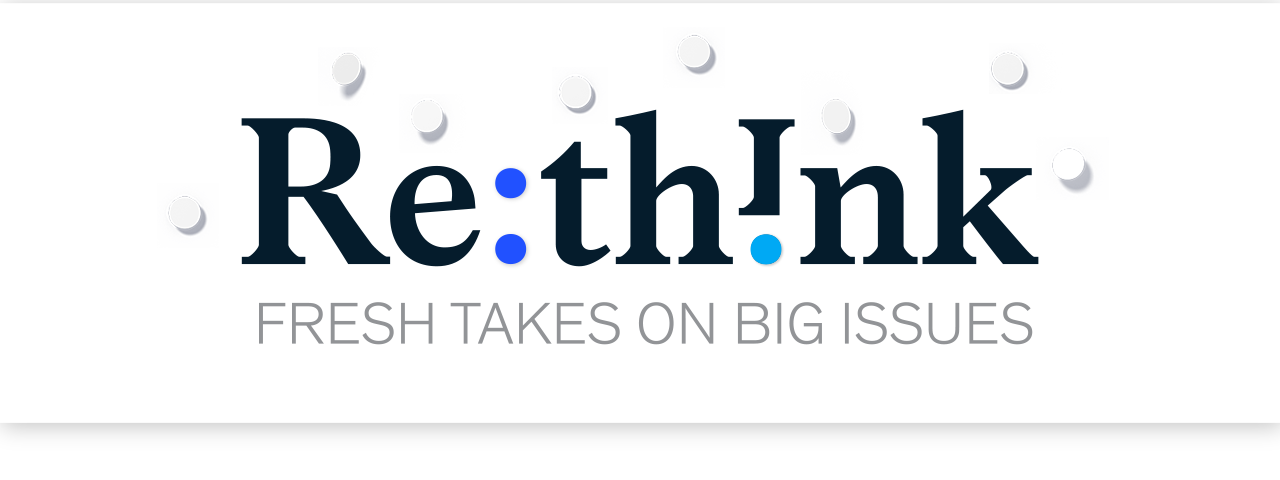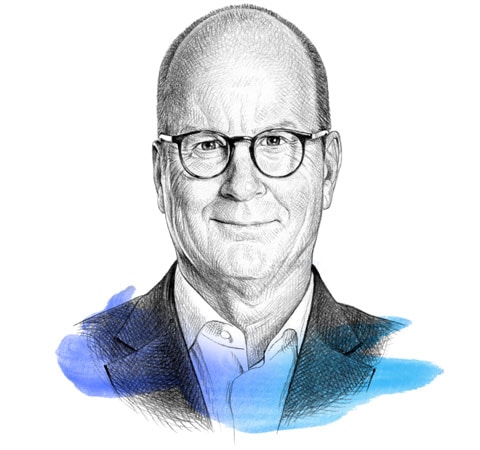| | |
|
|
INNOVATION AT THE EDGE
Four trends reshaping IT—and companies
|
|
|
|
|
|
|
|
|
|
|
|
It’s dizzying how fast technology trends are flooding organizations. It’s almost impossible to keep up. But there are four trends with implications that CEOs and CxOs need to pay special attention to, because together they reshape the way leaders must run their companies. I’d put them under the heading “innovation at the edge.”
The first trend is that innovation now happens on the front lines. For years, the accepted wisdom was that the IT or “central innovation” group kept track of emerging technologies and then made them available for use throughout the company. But it’s now clear that innovation can emerge anywhere. It may be your suppliers that are driving it, or your customers. Put simply, it’s impossible to manage innovation centrally. Instead, your frontline workers are becoming both innovators and discoverers of innovation. Rather than trying to centralize innovation, companies must be flexible and focus on creating networks within their organizations to identify innovations where they emerge, and on having processes to scale up those innovations.
The second trend follows from the first. You need to create a culture of perpetual learning about technology on the front lines. If innovation is arising on the periphery, your people there have to have the confidence to embrace innovation, experiment with it, and imagine how it can be used to deliver better products and services. We’re talking learning that is bite-size, delivered at the point of need, and usable and relevant. For IT leaders, embracing the fact that more people have access to more technology means also training frontline workers smartly so that they know what to do with it for the company and for customers.
|
|
| |
|
“It’s impossible to manage innovation centrally. Instead, your frontline workers are becoming both innovators and discoverers of innovation.”
|
| |
|
This gets to the central question: What happens to IT? This is the third trend: IT shifts from being the manager of a vast infrastructure of specialized applications and data and hardware to being an enabler. The software engineers and data scientists are sitting in the business now, not in IT. So, IT has to manage and automate the infrastructure for those frontline folks. They have to standardize APIs, so products have some consistency. They set standards, help with recruitment and deployment of talent to the front lines, and share best practices. But they don’t own the applications anymore, they aren’t the secure holder of technology they once were.
|
|
|
That change is what drives the fourth trend, which is that IT has to think of trust and security in a brand-new way. With so much innovation at the edge, and so many people having so much more interaction with so many customers, there’s an incredible amount of data being collected. Each interaction, however dispersed, has to have trust and security at its center. The cost of failure of trust is so significant, whether we’re looking at the system level or at the level of an individual customer. Infusing that trust and security into every external interaction is such a key responsibility of IT.
|
|
|
The cumulative effect of these shifts is profound and is altering the very role of the CIO. But I see some CEOs starting to realize the impact of all this on their own role. They see the enormous potential of innovation on the edge and make a commitment to absorbing this and managing in a new way. What does it really mean to operate with technology products everywhere? What’s the best way to unleash the power of innovation arising anywhere in the company? I think every company is going to have to wrestle with this shift. It’s inevitable.
|
|
|
| | | |
| |
|
|
|
|
|
|
These seven charts can help boards shape their business’s cloud strategy.
|
|
|
|
|
 |
|
|
|
|
|
Johnson & Johnson remodeled its technology–business partnership to elevate the employee experience.
|
|
|
|
|
|
|
| |
Tiffany Burns on making equity real |
|
|
Consumer-facing companies say they want to imbue services and offerings with equity, but what does that mean? Here’s what they need to think about.
|
|
|
| | |
This email contains information about McKinsey’s research, insights, services, or events. By opening our emails or clicking on links, you agree to our use of cookies and web tracking technology. For more information on how we use and protect your information, please review our privacy policy. |
|
You received this email because you subscribed to our McKinsey Quarterly alert list. |
|
|
Copyright © 2022 | McKinsey & Company, 3 World Trade Center, 175 Greenwich Street, New York, NY 10007 |
|
|
|
|
|





